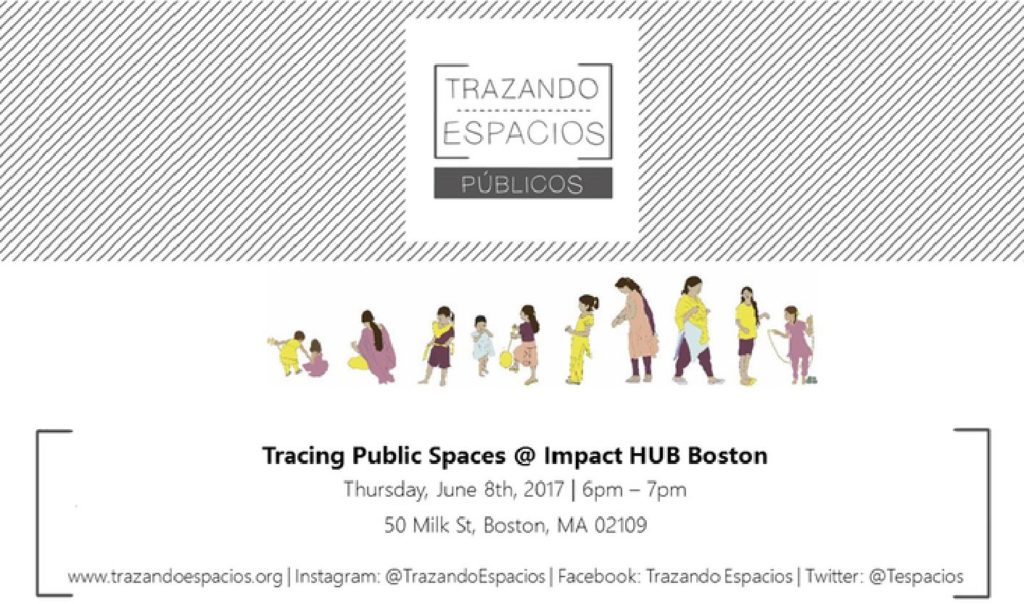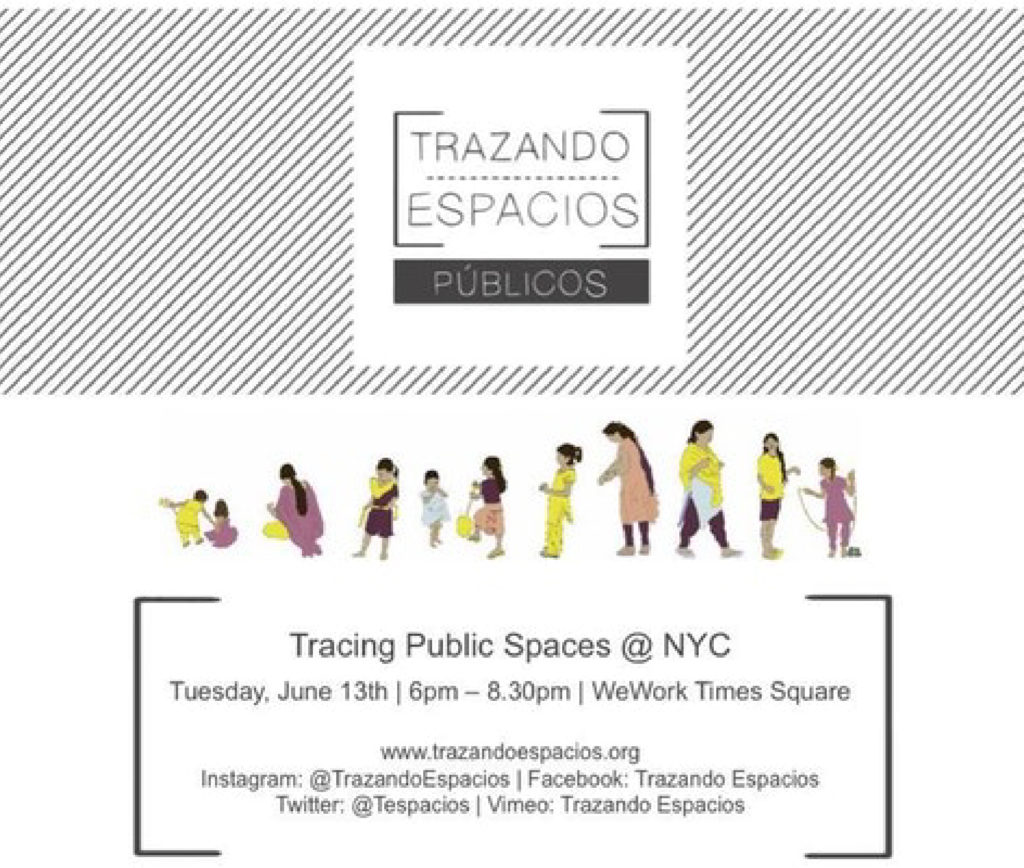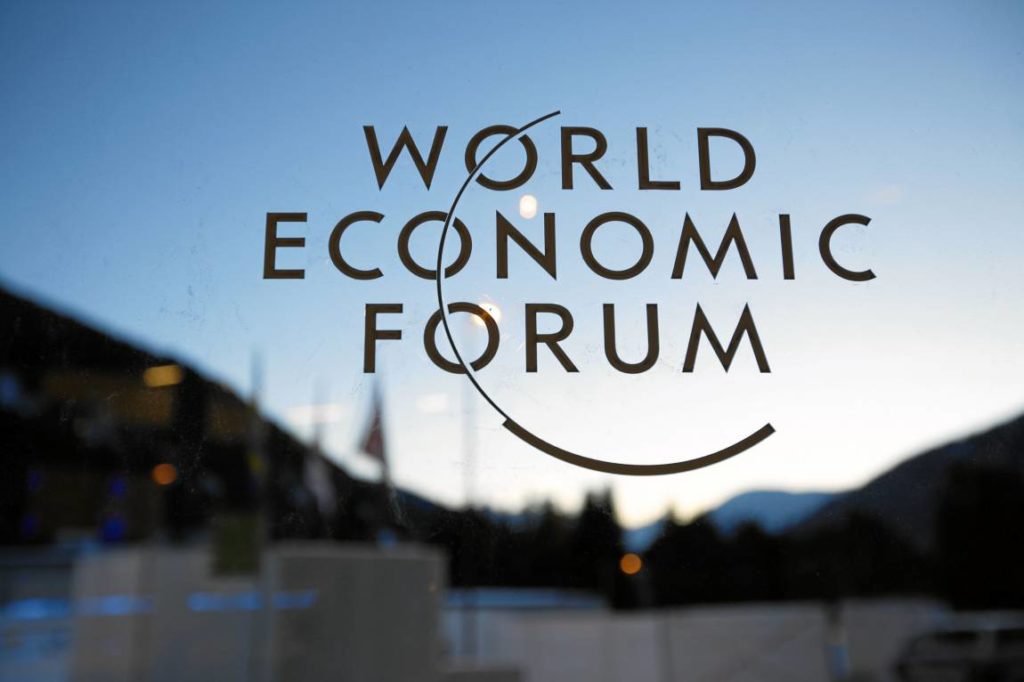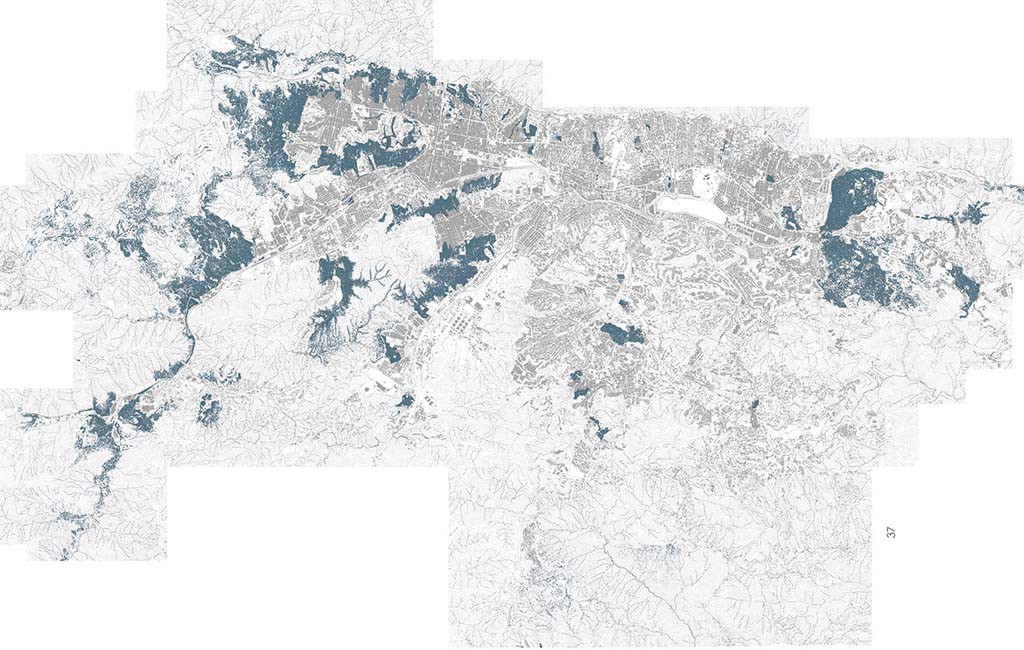In November of 2018 our founder and director, Ana Cristina Vargas, won the AFIELD Fellowship 2018 prize for the TPS projects execution. This prize was granted thanks to the idea of developing a digital manual that will allow other architects and designers to replicate the Tracing Public Spaces’ methodology in Venezuela and other countries.
AFIELD is a collective network of artists, activists and cultural entrepreneurs who instigate sustainable social initiatives around the world. It is based on a fellowship programme that has been working since 2014 and, to this day, it has awarded 8 talented individuals. Initially, the individuals are recognized and chosen by their peers on the cultural and artistic practice and have decided to start a citizen-based project. These initiatives generally take the form of schools, research centres, cultural houses, etc.
This programme belongs to Council, an art organization founded in Paris in 2013 that operates internationally and it seeks to gather different audiences and collaborators for each one of the projects. Council believes in the transformative potential of the arts and it works to extend its influence across other domains.
Congratulations Ana! Thanks to this incredible prize we can continue tracing spaces, promoting citizenship and the encounter in public spaces.






